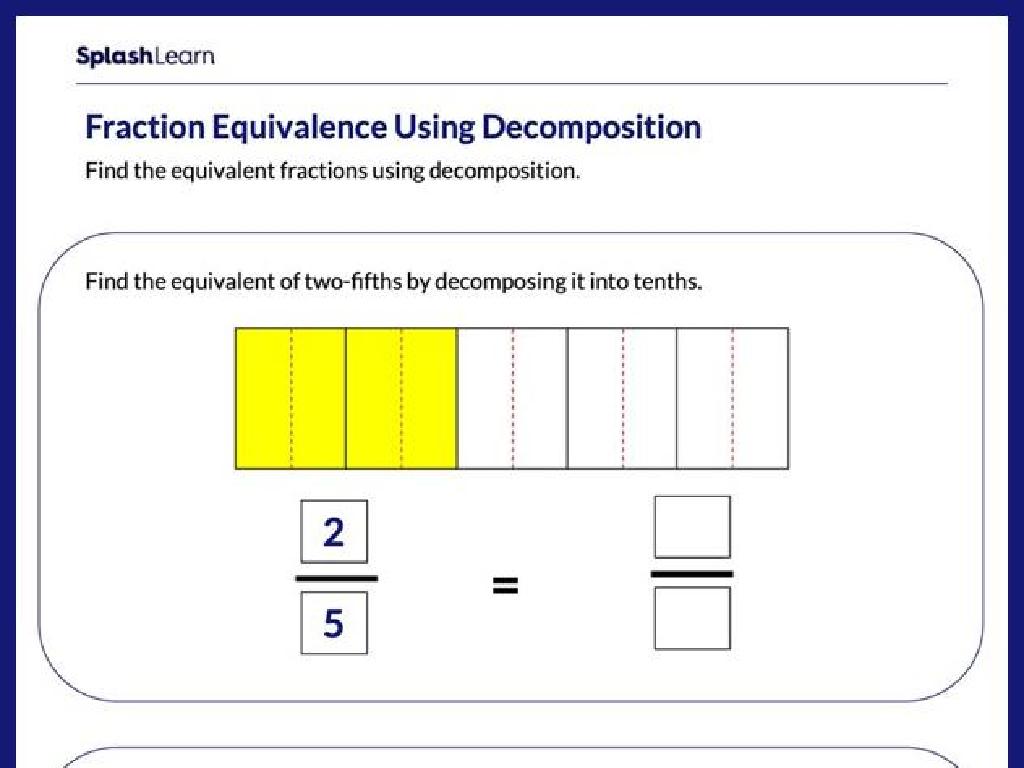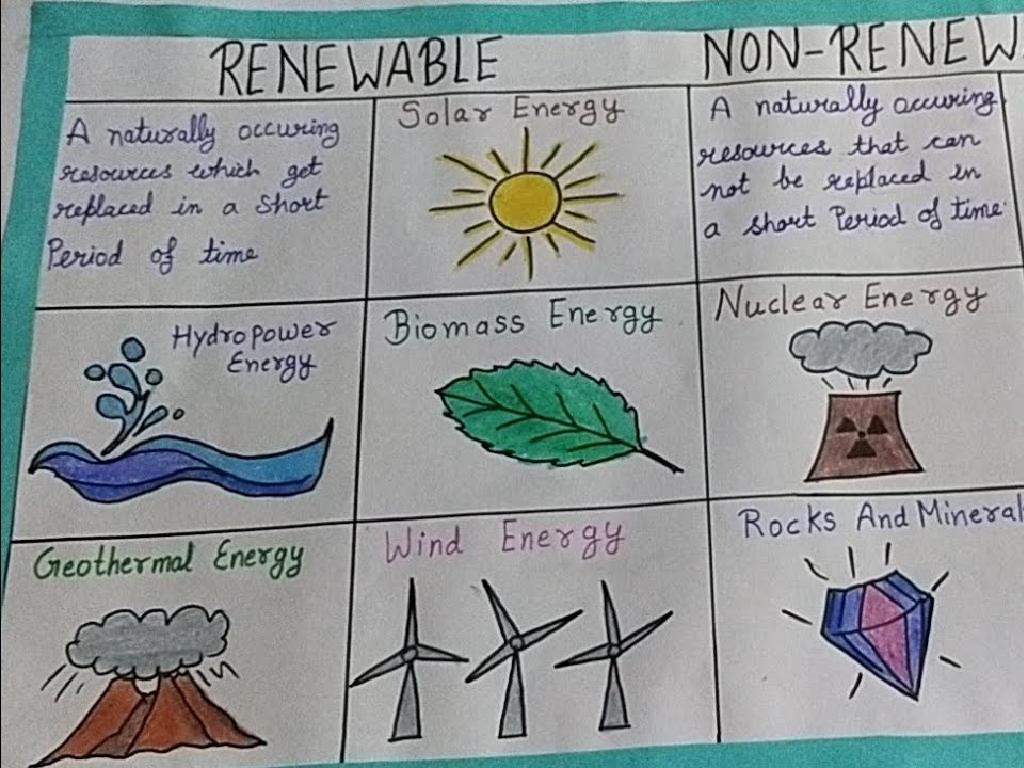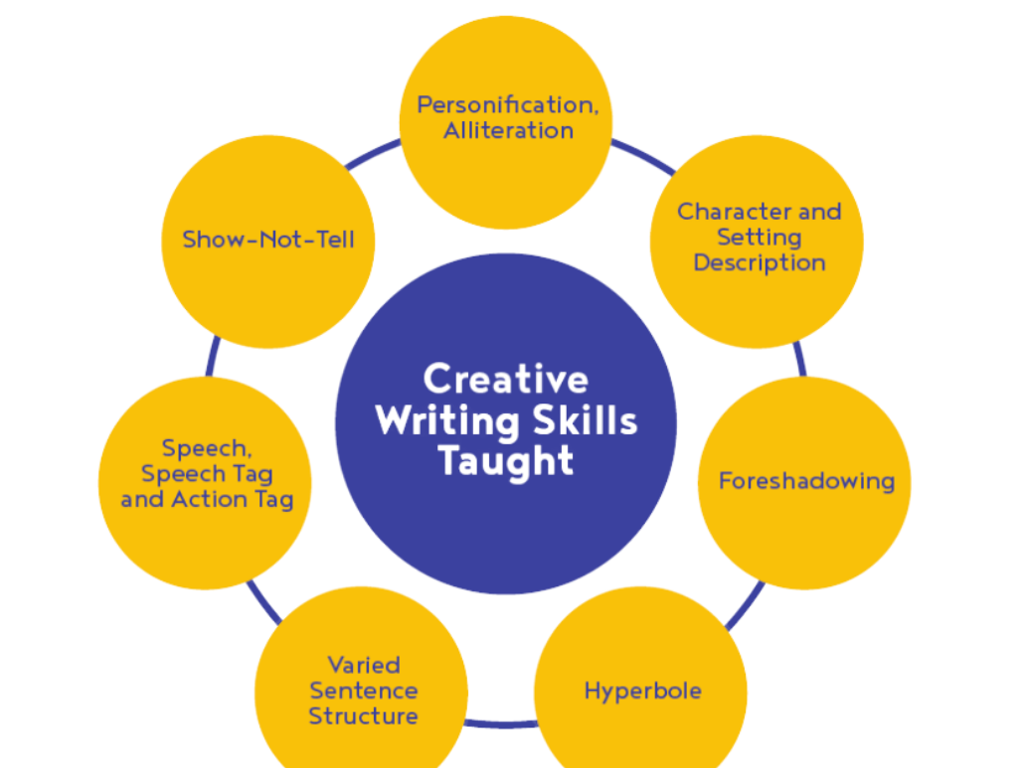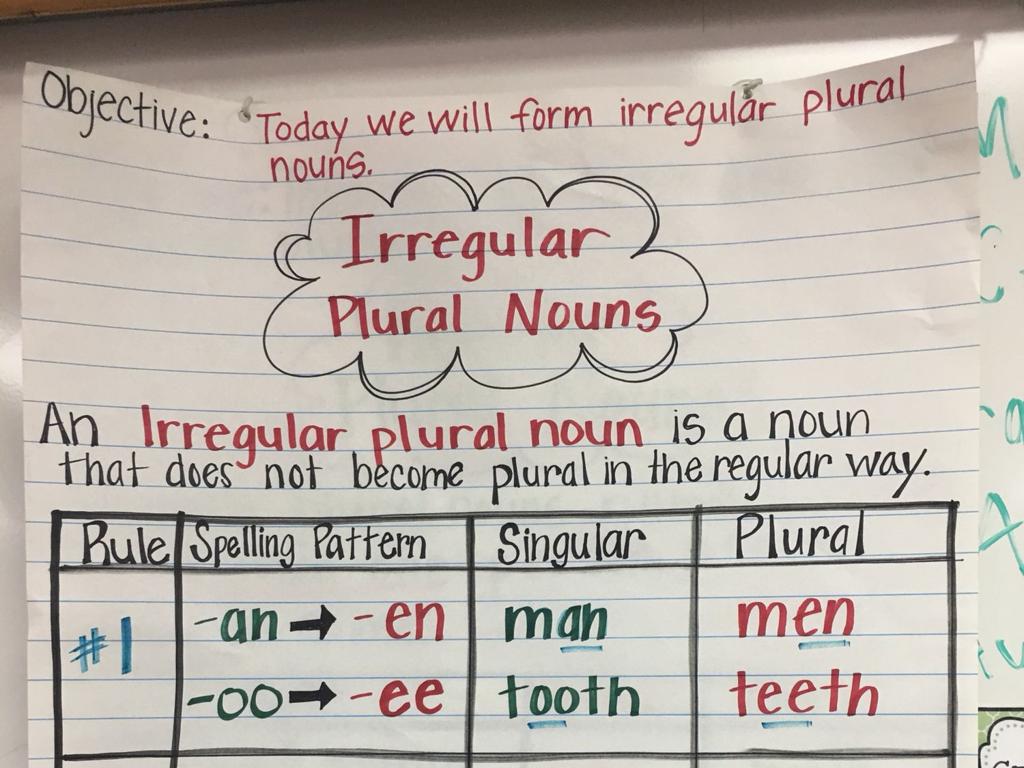Identify Adjectives
Subject: Language arts
Grade: Fourth grade
Topic: Adjectives And Adverbs
Please LOG IN to download the presentation. Access is available to registered users only.
View More Content
Welcome to Adjectives!
– What are adjectives?
– Words that describe nouns, like ‘blue’ or ‘happy’.
– Adjectives spice up sentences
– They make our sentences more interesting.
– Descriptive words examples
– For example: ‘fluffy cat’, ‘loud music’.
– Class activity: Find adjectives
– Look around the room and pick objects to describe.
|
This slide introduces the concept of adjectives to the students. Begin by explaining that adjectives are words used to describe nouns, which can be things, people, or places. Emphasize how adjectives add detail and make our sentences more vivid and interesting. Provide simple examples that the students can relate to, and encourage them to think of their own descriptive words. Engage the class with an activity where they identify adjectives by looking around the room and describing objects they see. This will help them apply the concept of adjectives in a practical and interactive way.
Exploring Adjectives
– Adjectives describe nouns
– Words that give more info about nouns
– They detail people, places, things
– Adjectives can tell size, color, shape, etc.
– Examples: ‘blue sky’, ‘tall building’
– ‘Blue’ describes the color of the sky
– ‘Funny joke’ is also an adjective
– ‘Tall’ tells the height of the building
|
This slide introduces the concept of adjectives to the students. Adjectives are words that modify or describe nouns, giving us more information about the noun’s quantity, quality, size, condition, or appearance. Use everyday examples that the students can relate to, such as objects in the classroom or their favorite items. Encourage the students to come up with their own examples of adjectives by looking around the room or thinking about their favorite place or toy. This will help them understand how adjectives add detail and make sentences more interesting.
Exploring Types of Adjectives
– Adjectives describe nouns
– They tell size, shape, color
– Examples: big, round, red, sweet
– ‘Big’ tells us about size, ’round’ about shape, ‘red’ about color, and ‘sweet’ about taste
– Find adjectives in a sentence
– In ‘The small cat chased a fast mouse.’, ‘small’ and ‘fast’ are adjectives
|
This slide introduces students to adjectives and their role in sentences. Adjectives are words that modify nouns and can describe various attributes such as size, shape, and color. Provide examples of adjectives and encourage students to think of their own. Then, use the sentence ‘The small cat chased a fast mouse.’ to illustrate how adjectives (‘small’ and ‘fast’) give more information about the nouns (‘cat’ and ‘mouse’). Ask students to identify adjectives in additional sentences to reinforce the concept. This activity will help students recognize adjectives in context and understand their descriptive function.
Comparing with Adjectives
– Adjectives describe things
– ‘er’ compares two items
– For two things, use ‘er’: ‘A bluebird is smaller than a crow.’
– ‘est’ compares three or more
– For three or more, use ‘est’: ‘She is the tallest in class.’
– Practice with examples
– Find objects in the room to compare.
|
This slide introduces the concept of comparison using adjectives for a fourth-grade language arts class. Begin by explaining that adjectives are words that describe nouns. Then, show how adding ‘er’ to an adjective compares two things, while ‘est’ compares three or more. Provide clear examples for each case, and encourage students to come up with their own comparisons using items in the classroom or their own experiences. This practical application will help solidify their understanding of comparative and superlative adjectives.
Identifying Adjectives in Sentences
– Find adjectives in examples
– ‘The happy dog wagged its fluffy tail.’
– ‘happy’ and ‘fluffy’ describe the dog and its tail
– ‘A loud bell rang in the ancient tower.’
– ‘loud’ and ‘ancient’ describe the bell and tower
|
This slide is aimed at helping students identify adjectives within the context of a sentence. Adjectives are words that describe or modify nouns and pronouns, giving more information about them. In the provided examples, students should focus on finding the words that describe the nouns: ‘dog’ and ‘tail’ in the first sentence, and ‘bell’ and ‘tower’ in the second. Encourage students to look for words that give details about size, color, shape, feeling, sound, age, and more. After identifying the adjectives, discuss why they are important in the sentences and how they help create a vivid picture in the reader’s mind.
Your Turn: Spot the Adjectives!
– I’ll give sentences with adjectives
– Work with a partner to find them
– Two heads are better than one! Discuss with your buddy.
– Highlight the adjectives you find
– Use a marker or pencil to mark each adjective.
– Share your findings with the class
– Be prepared to explain why you chose those words.
|
This activity is designed to reinforce the students’ understanding of adjectives through practical application. By working in pairs, they can discuss and compare their thoughts, which promotes collaborative learning. Highlighting the adjectives in the sentences will help them visually identify and remember the role of adjectives. When sharing with the class, it will give them an opportunity to articulate their understanding and also learn from their peers. As a teacher, be ready to provide guidance and confirm the correct adjectives. Encourage students to explain their reasoning to ensure they grasp the concept of adjectives being descriptive words that modify nouns.
Class Activity: Adjective Hunt
– Explore the classroom on an adjective hunt
– Write descriptive adjectives for objects
– Choose words that describe color, size, shape, etc.
– Share your adjectives with the class
– Explain the reasons for your choices
– Why did ‘fluffy’ fit for a pillow or ‘shiny’ for a coin?
|
This activity is designed to help students understand adjectives by finding and using them in a real-world context. Have the students walk around the classroom and pick out various objects to describe using adjectives. They should focus on color, size, shape, and other attributes. After writing down the adjectives, each student will share their findings with the class and explain their choice of words. This will reinforce their understanding of adjectives and how they are used to add detail to nouns. For the teacher: Prepare a list of objects in the classroom that can be easily described, ensure every student has a chance to participate, and guide them to use a variety of adjectives.
Conclusion & Adjective Homework
– Excellent work on adjectives!
– Homework: 10 sentences with adjectives
– Use unique adjectives in each sentence
– Adjectives add color to writing
– Think of adjectives as ‘word paint’
– Share your sentences next class
|
Today’s lesson focused on identifying adjectives, and the students did a great job. For homework, they are tasked with writing 10 sentences, each incorporating a different adjective. This will help reinforce their understanding of how adjectives modify nouns and make descriptions more vivid. Remind them that adjectives are like ‘word paint’ that can make their stories and sentences more interesting to read. In the next class, have a few students share their sentences to celebrate their creativity and to learn from each other’s use of descriptive language.





